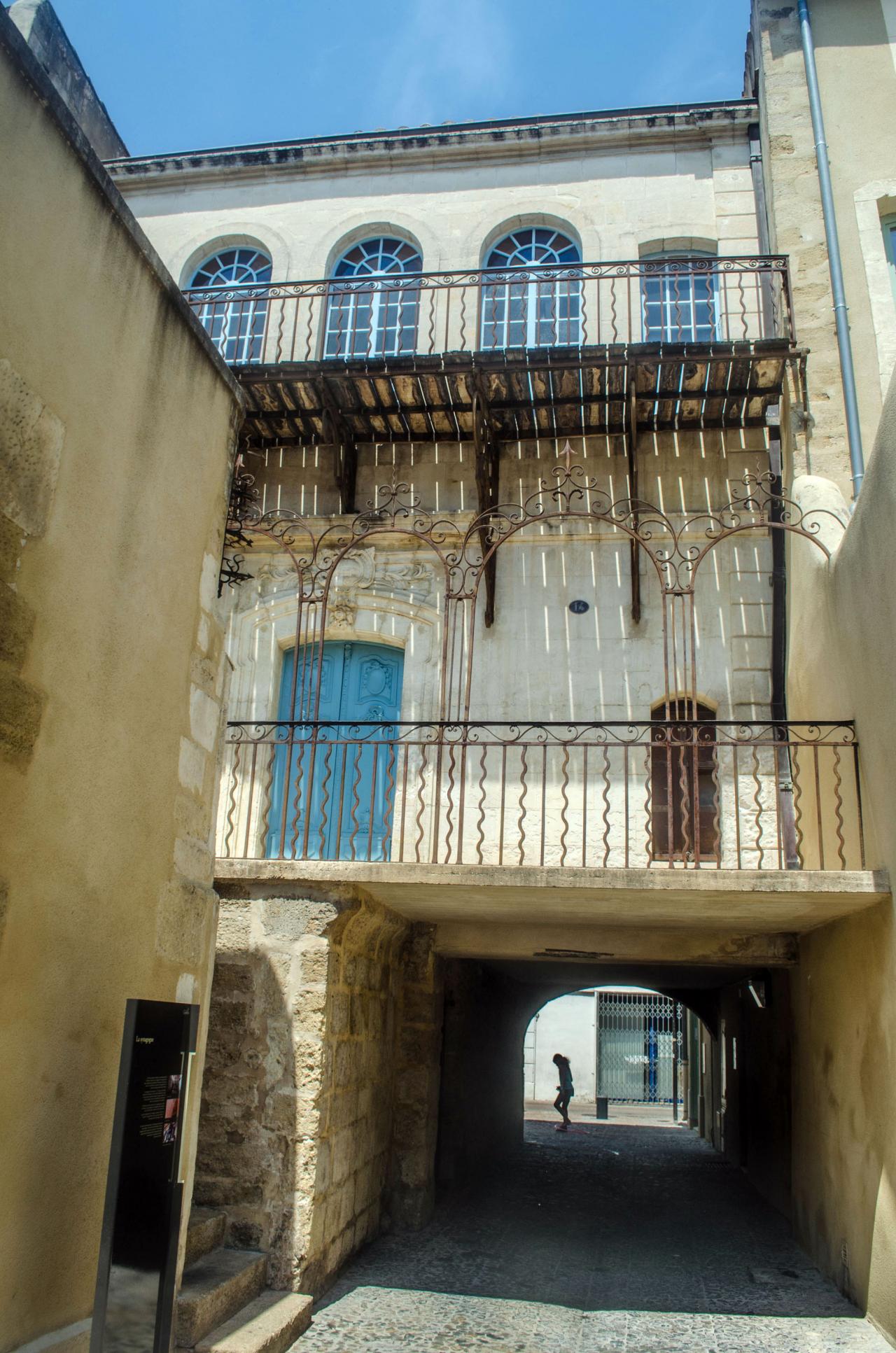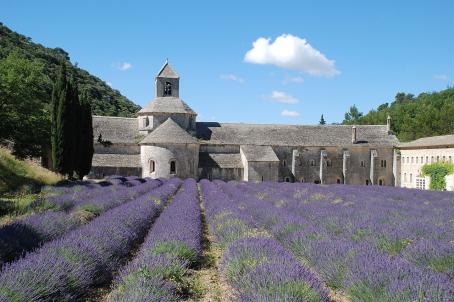Cavaillon Synagogue

Built in the late middle ages to the 15th century the Synagogue in Cavaillon is one of the oldest French synagogues. The building was reconstructed between 1772 and 1774. The Synagogue was constructed in a rococo style with a mix of Jewish and Provençale culture.
About this building
N/A




